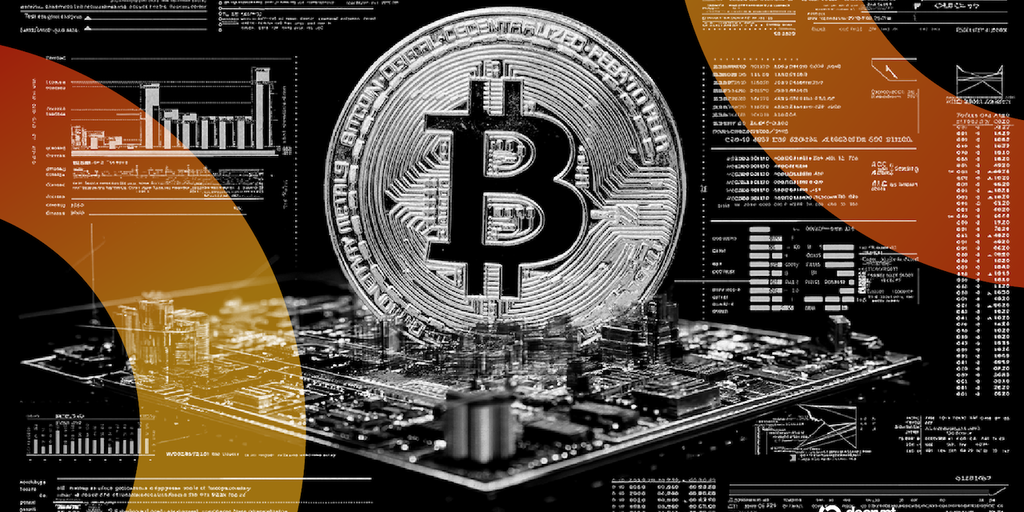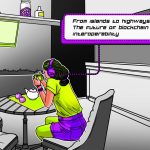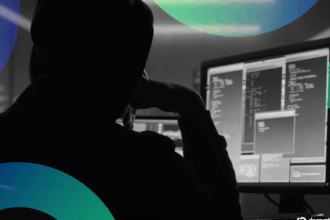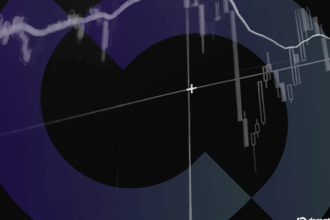GOAT Network Launches First Bitcoin Layer 2 Testnet with Under-3-Second ZK Proofs
A new Bitcoin upgrade is live, promising direct scaling and yield on the world’s leading cryptocurrency.
- GOAT Network’s BitVM2 Beta aims to tackle Bitcoin’s slow finality and lack of Bitcoin-denominated yields.
- Zero-knowledge rollups (ZK-Rollups) can process transactions off-chain for speed, using cryptography to post state to Bitcoin.
- GOAT’s unique approach uses Bitcoin miners for ZK proof validation, ensuring safety on the main chain upfront.
GOAT Network announced today the launch of its public beta for BitVM2 Beta, which it claims is the first zero-knowledge rollup (ZK-Rollup) directly built on Bitcoin. The network is achieved by generating cryptographic proofs, known as ZK proofs, in under three seconds—a key performance factor.
“Layer 2 transactions are fast, but they’re pointless without equally fast proofs to finalize on the Bitcoin mainnet,” commented GOAT Co-founder and CEO Kevin Liu.
A Layer 2 solution is a secondary protocol built on top of Bitcoin that processes transactions off-chain to reduce congestion and lower fees, while still relying on the Bitcoin main chain for security and final settlement.
Zero-knowledge proofs allow verification of transaction batches without revealing the underlying data. Implementing them natively on Bitcoin’s limited scripting environment has been a significant technical challenge.
GOAT Network began as a zero-knowledge research project in 2023 before shifting focus to Bitcoin in 2024. Its new testnet leverages a distributed system of GPU-powered nodes to process blocks and Groth16 proofs in parallel.
Over half a dozen other projects are developing Bitcoin-specific ZK solutions, including BitcoinOS, StarkWare, L2 Iterative, Citrea, and Build on Bitcoin (BOB). Unlike these, GOAT posts all transactions to Bitcoin, following closely after pioneering ecosystems like the original Bitcoin Improvement Proposals.
“All transactions occur on the Layer 2 network but are ultimately settled on Bitcoin,” said Liu. Bitcoin miners become “ultimate validators” for transactions. “This defines what makes a Bitcoin Layer 2 legitimate.”
Defining legitimacy upfront—”Bitcoin settlement, miner validation”—is crucial according to Liu. This contrasts with systems that rely on sequencers to eventually submit batches—which may fail or get stuck.
Nearly every Bitcoin holder wants yield, Liu continues. On GOAT’s Layer 2, yield comes from gas fees paid in Bitcoin. Users stake BTC into decentralized sequencer nodes to process transactions and earn a share of the generated fees.
Security relies on three layers: decentralized sequencers to prevent single points of failure, a trustless sequencer architecture, and zk-proofs that incorporate fraud detection through an Optimistic Challenge Process.
As others test Bitcoin scaling in parallel, Liu describes GOAT as “This is Bitcoin’s OP moment,” referencing Ethereum Layer 2 Optimism. Now the tech works—it’s time to prove it.
GOAT aims to have the system ready to go live before the end of this year.
— Jay Busbee












